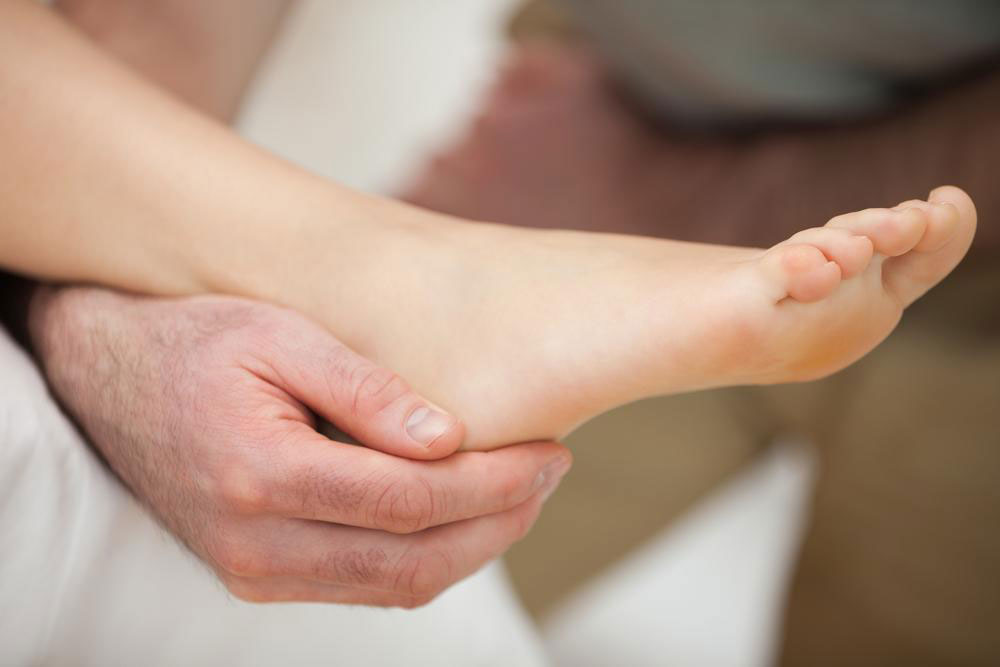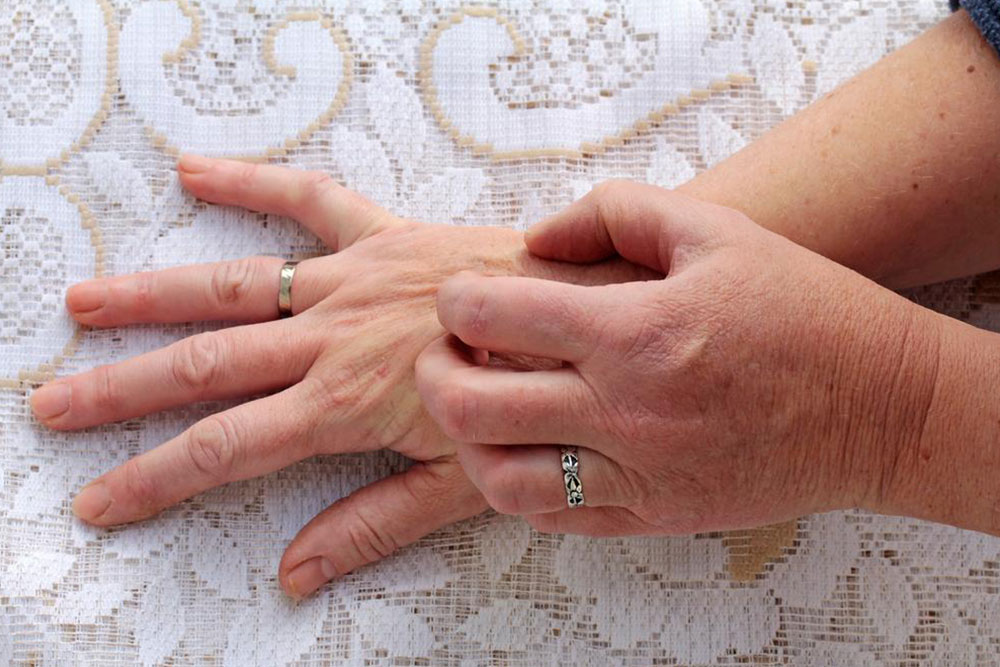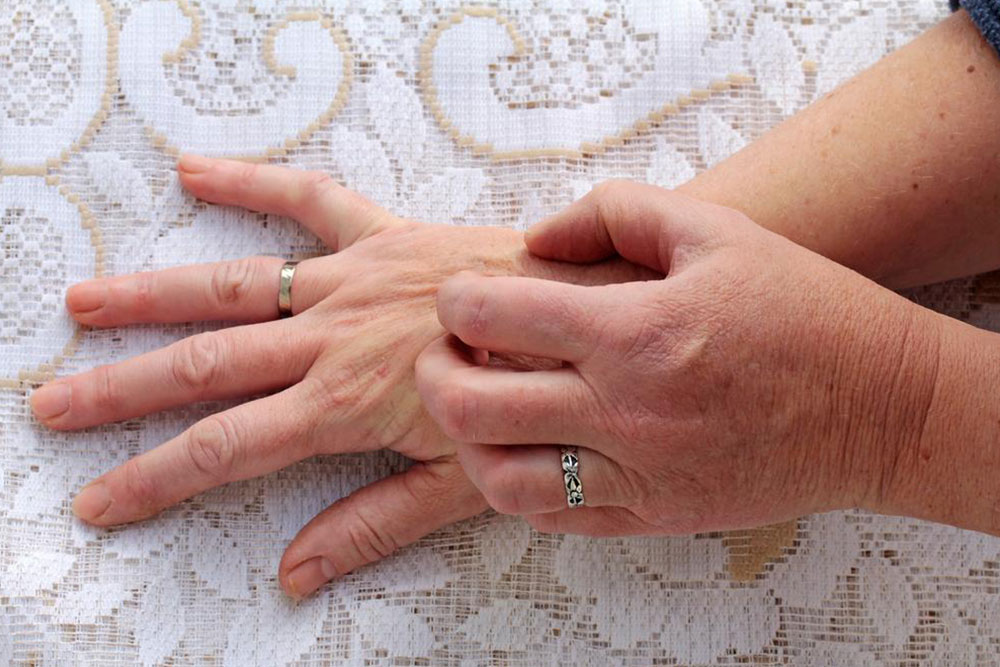Understanding Bladder Prolapse: Symptoms, Causes, and Treatment Options
Bladder prolapse, or cystocele, occurs when the bladder protrudes into the vaginal canal due to weakened support tissues. It presents symptoms such as urinary leakage, pelvic pressure, and heaviness. Causes include childbirth, aging, obesity, and hormonal changes. Treatment options range from pelvic exercises and pessaries to surgical repair. Preventive measures like weight management and pelvic floor strengthening can reduce risks. Consulting a healthcare professional ensures appropriate diagnosis and personalized care for bladder prolapse management.

Understanding Bladder Prolapse: Symptoms, Causes, and Treatment Options
Bladder prolapse, commonly called cystocele or a dropped bladder, occurs when the bladder protrudes into the vaginal canal in women. There are two main types: one results from stretching of the vaginal wall due to aging, menopause, or childbirth; the other involves displacement caused by weakened support tissues. Recognizing symptoms early can lead to effective management. This condition can cause urinary issues, discomfort, and impact daily activities. Learn about the signs, underlying causes, and available treatments to address bladder prolapse effectively.
Symptoms and Risks of Bladder Prolapse
When the bladder shifts from its normal position, it may feel like incomplete bladder emptying. Symptoms can include frequent urinary infections, urine leakage during physical activity or intimacy, pelvic pressure, and a sense of heaviness. In severe cases, a bulge may be visible through the vaginal opening. Such conditions can interfere with sexual activity and cause urinary retention, requiring medical attention.
The pelvic floor muscles, fascia, tendons, and connective tissues support the bladder and vagina. Over time, these structures can weaken or detach, leading to prolapse. Factors contributing to this include pregnancy, childbirth, menopause-related hormonal changes, chronic coughing, heavy lifting, obesity, previous hysterectomy, and congenital tissue weakness.
Approaches to Managing Bladder Prolapse
Preventive measures such as Kegel exercises, managing chronic cough, maintaining a healthy weight, and avoiding smoking can reduce risk. Treatment options vary from conservative methods like pelvic floor strengthening exercises and use of a pessary device to surgical procedures that repair the vaginal support. Hormone therapy with vaginal estrogen may also be recommended under medical guidance. Consulting a healthcare provider is essential for personalized treatment planning.
Note:
Our blog offers valuable insights across various health topics. While the information is based on research, it should not replace professional medical advice. Readers are encouraged to seek personalized consultation for diagnosis and treatment options. The website is not responsible for discrepancies or updates in medical information and cannot guarantee coverage of all schemes or offers available through healthcare providers.










